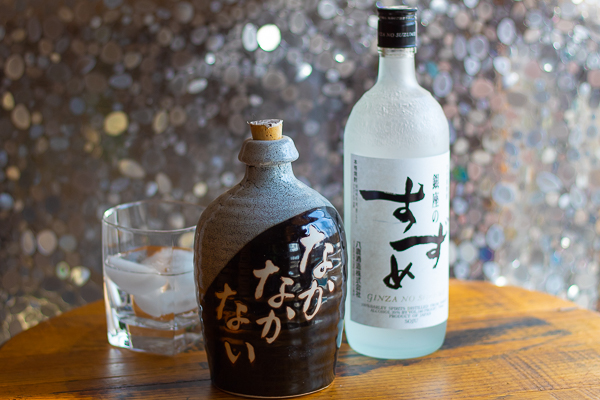
Shochu (pronounced show-chew) is a Japanese alcoholic beverage distilled typically from sweet potatoes, barley, buckwheat, brown sugar or rice. Most of you outside of Japan may have never heard of it, let alone ever tried it. But it is a very popular liquor in Japan. As matter of fact, since 2003, domestic shipment of shochu in Japan has exceeded that of sake!
It’s hard to tell whether its popularity will see any uptick in the U.S. in the foreseeable future because we are a little crazy about our beer microbreweries right now. But with a lot of worldwide focus on Japanese liquor, thanks to the Japanese whisky winning some of the world renown awards, shochu just may finally start to receive the recognition it deserves.
Main types of shochu
Fundamentally, there are two types:
- Single-distilled (Otsurui or Honkaku Shochu) – distilled once and retains the distinctive flavor and aroma based on its source ingredient
- Multiple-distilled (Korui Shochu) – distilled several times and is virtually odorless
How to drink shochu
With the typical alcohol by volume of about 25% (but can be as high as 45%) it’s consumed in the similar fashion as vodka. It’s an extremely versatile liquor. It can be enjoyed neat, on the rocks, mixed with cold or hot water or even hot or iced tea. The multiple-distilled shochu is best suited as the base alcohol in mixed drinks. While single-distilled type can also be used in mixed drinks, some of them do have bold flavors that can totally change the flavor of the mixed drinks.
Chuhai, (pronounced chew-high) which is a “portmanteau word” (when multiple words are blended to come up with one word!) between shochu and highball. It’s a Japanese alcoholic cocktail drink, made with shochu, carbonated water such as club soda, and some type of fruit flavor – anything from fresh lemon to fruit juices to fruit flavored liqueurs. It is a very popular drink in Japan, especially at izakayas, or casual Japanese pubs. Chuhai is also canned and sold in SO many flavors in vending machines and grocery stores all over Japan. These canned chuhai are no joke. The alcohol volume content can be as high as 9% on some of them!
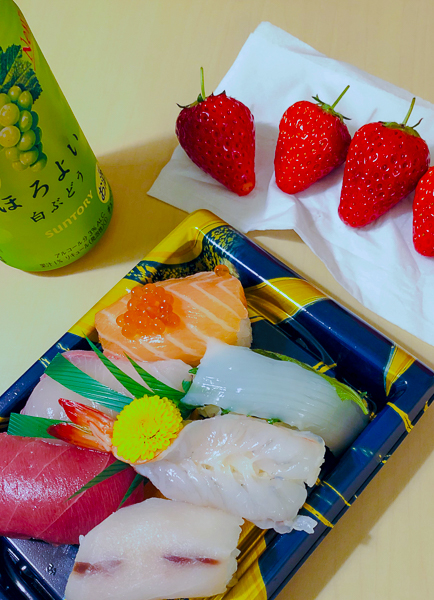
Is Shochu the same as Sake?
While sake and shochu are both Japanese alcoholic beverages, they are as different as wine and vodka. Sake is brewed, always made from rice and has a lower (1% to 22%) alcoholic content by volume. Shochu is distilled, most commonly from sweet potato or barley, although rice is also frequently used as the base ingredient.
In a sense, sake is more similar to wine in that you typically drink it straight, although you do see sake in some cocktail recipes. And shochu is more similar to vodka in that you usually mix it with other beverages or drink it on the rocks.
Shochu as a healthy alternative
There are many claims of shochu having some health benefits. One of which is that it can be effective in decreasing coronary heart disease and stroke risk1. Of course, since I am not a medical professional, this is not meant to be taken as health/medical advice!
But there is one clear benefit of shochu over alternatives: It is low in calories! A 1.5-ounce serving of plain, 80-proof (40%) vodka contains about 96 calories. Shochu, on the other hand for the same amount, it has about 30 calories. Note that the alcohol content by volume is typically much lower for Shochu as well, which isn’t a bad thing. For one, alcohol is known to interfere with the liver’s ability to break down and remove fats. And, we’ve all been there: more alcohol usually leads to more bad decisions!
So, unless you are drinking to get DRUNK, it’s a great low-cal, low-alcohol alternative for other liquors to enjoy your evenings out or cocktails by the pool!
Where to find shochu in the U.S.
Unless you live around NYC, in California or Hawaii, it may still be hard to find. However, shochu typically can be found in Japanese or Asian grocery stores that carry sake and other Asian liquor.
On some of the shochu bottle labels, you may see it classified in English as “Soju,” which is the Korean equivalent of this liquor. This is based on the state liquor licensing laws in California and New York that specifically exempt the sale of “soju” from regulation that’s applied to the sale of other distilled spirits, allowing businesses with only beer/wine license to sell it as long as it contains less than 25% alcohol and it’s clearly labeled as “Soju.” So, the distributors of other similar distilled spirits began putting the “Soju” labels for the distribution of spirits below 25% to the U.S. Basically, if you see a bottle of “Soju” that’s also labeled “Product of Japan,” it’s shochu, with less than 25% alcohol content.
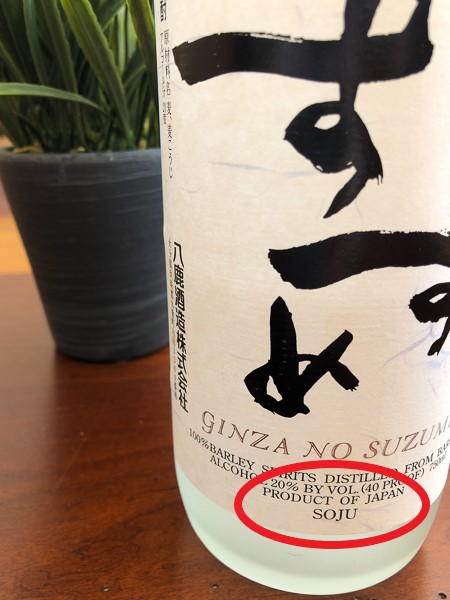
Shochu Cocktail Recipes
Now you know what it is, here are cocktail recipes using this great versatile liquor: We’ll keep creating more recipes, so be sure to pin or bookmark this page to check back later!
Pin it for later!
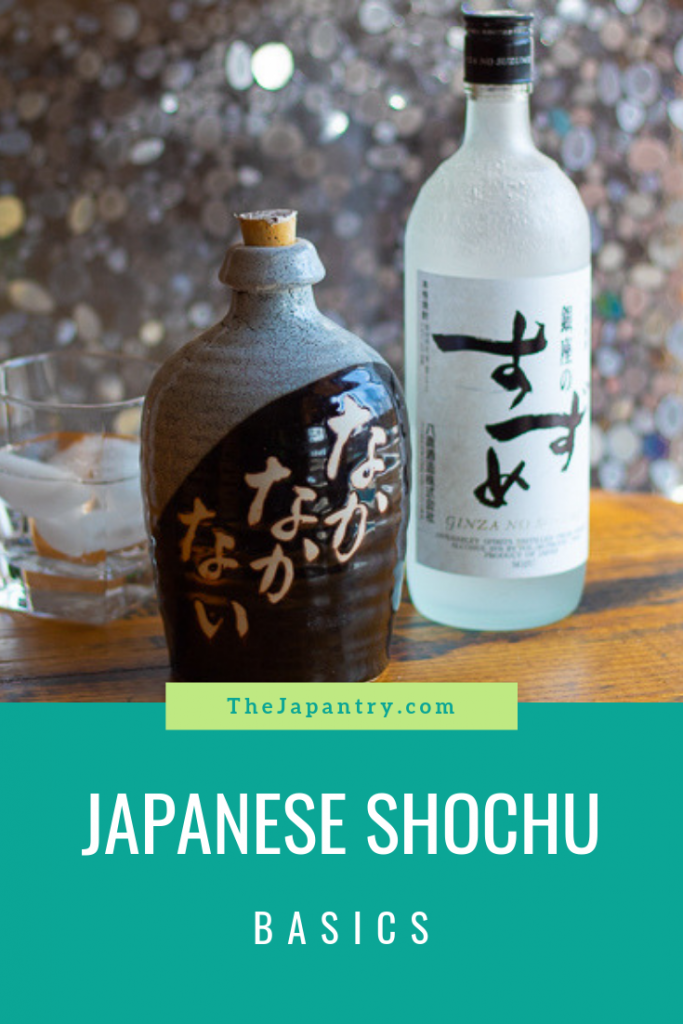
Sources:
1. https://www.ncbi.nlm.nih.gov/pmc/articles/PMC4824916/
Related Posts
Shikoku Mule (Yuzu Moscow Mule)
This Shikoku Mule is a creation based on the popular Moscow Mule cocktail. It…
August 19, 2019Melon Soda Cocktail
If you visit Japan, there is no question Japan is in love with the fruity…
July 23, 2019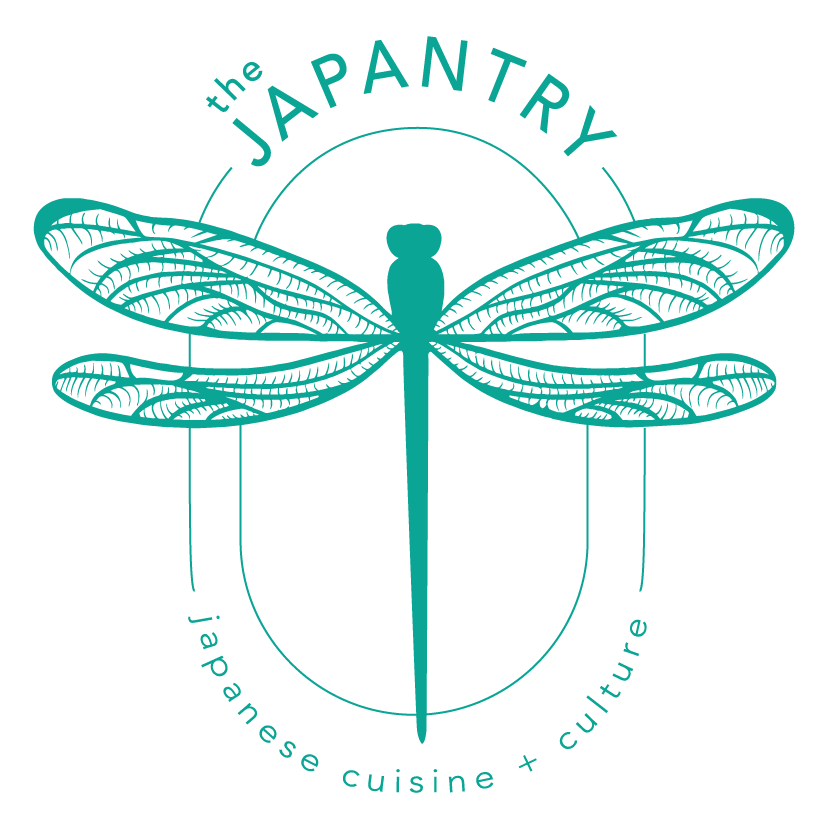


Kyndall Bennett | 25th Jul 19
Sake was too bitter for me, so maybe I’ll do a lot better with Shochu!
admin | 27th Jul 19
Hey Kyndall! Sake should never be “bitter” so I think you may have had some bad or low-quality sake! Sorry about your bad experience with it! Shochu is more like a vodka replacement so it is higher in alcohol content than sake – just so that you are not caught off-guard if/when you try shochu!